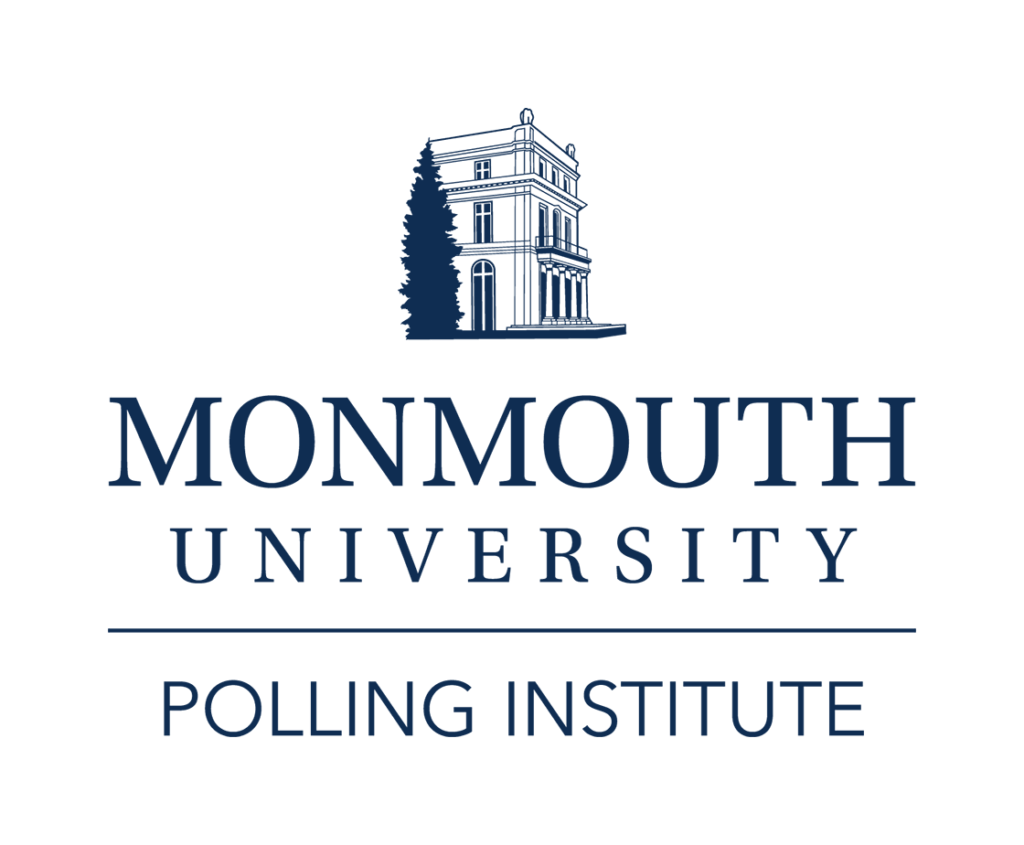West Long Branch, NJ – Marco Rubio has only claimed two victories so far, making the Sunshine State his make-or-break moment. The Monmouth University Poll finds the home state U.S. Senator currently trails Donald Trump by 8 points in Florida’s Republican primary.
Trump has support from 38% of likely primary voters compared to 30% who back Marco Rubio. Ted Cruz earns 17% support and John Kasich has 10%. Rubio actually leads Trump by 48% to 23% among the nearly 1-in-5 voters who have already cast their ballots in this “early vote” state. Trump has a 42% to 26% lead among those who have yet to vote.
Rubio leads Trump 41% to 30% in the southern part of the state. Trump has a significant 44% to 22% advantage in Florida’s central region. The race is closer in the northern tier of the state, with Trump at 36% and Rubio at 32%. Nearly one-fifth of the likely electorate is non-white, mostly Cuban or other Hispanic. This group appears to prefer Rubio over Trump, but the sample size is too small to report exact percentages.
“Rubio is within shooting distance in his home state with a week to go in this volatile nomination contest,” said Patrick Murray, director of the independent Monmouth University Polling Institute. “It is telling, though, that Rubio is not even the clear victor in a direct face off with Trump. There goes the argument that Rubio would triumph if only it were a two person race.”
With all the discussion about hands in this election, Monmouth decided to test how Rubio and Cruz would do mano a mano against Trump. Trump (47%) and Rubio (45%) are basically tied in this hypothetical two person race. Trump (48%) would potentially have a decided edge over Cruz (40%) in a head to head vote in Florida.
In addition to the 19% of Republican voters who have already cast their ballots, 38% say they are completely decided on their candidate choice before they head to the polls. Another 25% have a strong preference but are still open to considering other candidates. One-in-five either have only a slight preference (9%) or are basically undecided (10%). Trump voters (67%) are more likely to be locked in when compared to supporters of Kasich (59%), Rubio (55%), or Cruz (48%).
If Trump emerges as the GOP nominee, 3-in-4 Florida Republicans (75%) say they would get behind him in a general election against Hillary Clinton. However, 10% would actually vote for Clinton. While the following responses were not offered in the poll question itself, 2% volunteer that they would vote 3 rd party, 7% say they would not vote at all, and 6% are not sure what they would do.
The Monmouth University Poll was conducted by telephone from March 3 to 6, 2016 with 403 Florida voters likely to vote in the Republican presidential primary. This sample as a margin of error of ± 4.9 percent. The poll was conducted by the Monmouth University Polling Institute in West Long Branch, NJ.
DATA TABLES
The questions referred to in this release are as follows:
(* Some columns may not add to 100% due to rounding.)
1. If the Republican primary election for president was today, would you vote for – [NAMES WERE ROTATED]
| March 2016 | |
| Donald Trump | 38% |
| Marco Rubio | 30% |
| Ted Cruz | 17% |
| John Kasich | 10% |
| Ben Carson* | 1% |
| (VOL) Other | 0% |
| (VOL) Undecided | 5% |
| (n) | (403) |
* Carson’s name was included in the list read to voters on Thursday only. His support from that night was re-assigned to voters’ second choice. Remaining Carson support in this table is from early voters who have already cast their ballots.
2. Which of the following best describes where your decision stands at this moment: I am completely decided on which candidate I will support, I have a strong preference right now but I am willing to consider other candidates, I have a slight preference among a group of candidates I like, or I am really undecided among a number of candidates?
| March 2016 | |
| Already voted | 19% |
| Completely decided | 38% |
| Strong preference | 25% |
| Slight preference | 9% |
| Undecided | 10% |
[QUESTIONS 3 & 4 WERE ROTATED]
3. If it came down to the following two candidates, who would you support – [NAMES WERE ROTATED]
| March 2016 | |
| Donald Trump | 47% |
| Marco Rubio | 45% |
| (VOL) No one | 5% |
| (VOL) Undecided | 3% |
4. If it came down to the following two candidates, who would you support – [NAMES WERE ROTATED]
| March 2016 | |
| Donald Trump | 48% |
| Ted Cruz | 40% |
| (VOL) No one | 6% |
| (VOL) Undecided | 6% |
5. If Trump became the nominee, who would you vote for in the general election in November – Donald Trump or Hillary Clinton?
| March 2016 | |
| Donald Trump | 75% |
| Hillary Clinton | 10% |
| (VOL) Other | 2% |
| (VOL) No one | 7% |
| (VOL) Undecided | 6% |
The Monmouth University Poll was sponsored and conducted by the Monmouth University Polling Institute from March 3 to 6, 2016 with a statewide random sample of Florida voters drawn from a list of registered Republican voters, who participated in a primary election in 2012 or 2014 or voted in both of the last two general elections, and indicate they will vote in the presidential primary on March 15, 2016. The total sample of 403 likely voters includes 223 contacted by a live interviewer on a landline telephone and 180 contacted by a live interviewer on a cell phone, in English. Monmouth is responsible for all aspects of the survey design, data weighting and analysis. Final sample is weighted for age and gender based on state registration list information on the pool of voters who participate in primary elections. Data collection support provided by Braun Research (field) and Aristotle (voter list). For results based on the total sample, one can say with 95% confidence that the error attributable to sampling has a maximum margin of plus or minus 4.9 percentage points (unadjusted for sample design). Sampling error can be larger for sub-groups (see table below). In addition to sampling error, one should bear in mind that question wording and practical difficulties in conducting surveys can introduce error or bias into the findings of opinion polls.
| POLL DEMOGRAPHICS (weighted) | ||
| LIKELY REPUBLICAN PRIMARY VOTERS | ||
| 50% Male | 12% 18-34 |
82% White |
| 50% Female | 21% 35-49 |
2% Black |
| 34% 50-64 |
9% Cuban | |
| 33% 65+ |
5% Other Hispanic | |
|
2% Other | ||
Click on pdf file link below for full methodology and results by key demographic groups.




